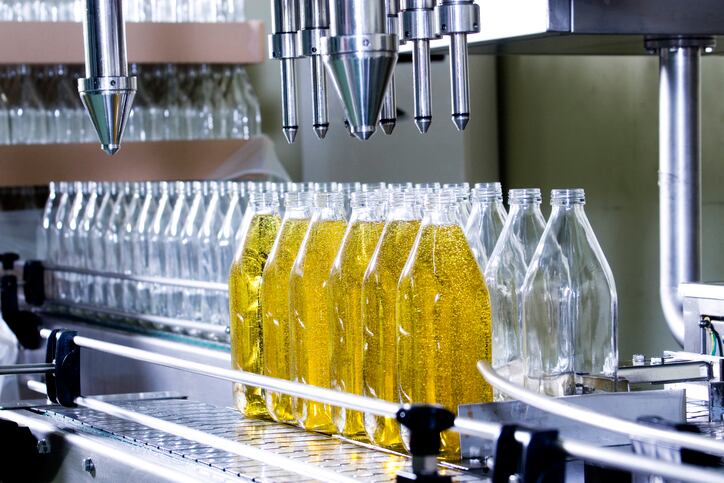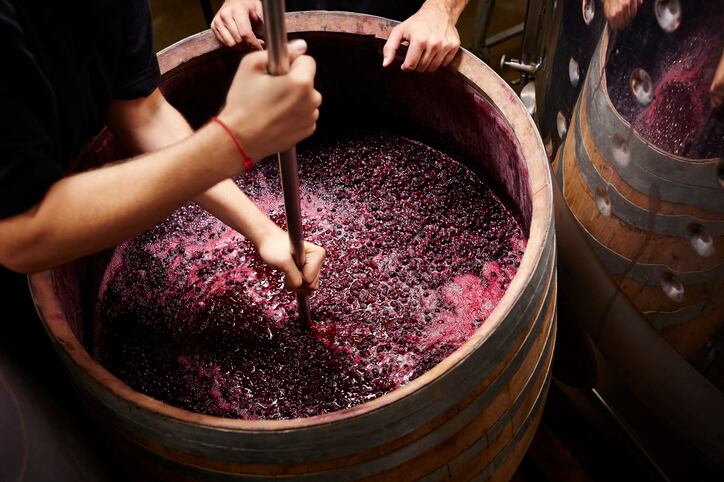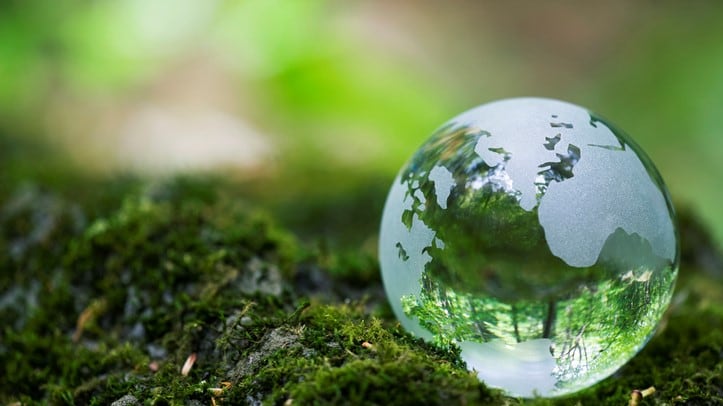Writing in Comprehensive Reviews in Food Science and Safety, researchers from Portugal and Spain investigated the potential use of waste generated during olive oil production, looking at use in food, nutraceuticals, pharmaceuticals and cosmetics. In particular, the review spotlighted the potential of olive pomace – the main residue of the olive oil extraction process – and the bioactive compounds within this waste material.
Olive waste compounds offer raft of ‘biological properties’
Findings identified the key bioactive compounds “most abundant” in the olive pomace waste material as: hydroxytyrosol, tyrosol, oleuropein, oleuropein aglycone, and verbascoside.
The researchers said that, aside from being antioxidant in nature, these compounds also demonstrated “other biological properties”, such as antimicrobial, anti-cancer and anti-inflammatory, that could offer “considerable health benefits” when incorporated into cosmetic or nutraceutical applications.
“After suitable extraction and purification, these compounds can be used as food antioxidants or as active ingredients in nutraceutical and cosmetic products due to their interesting technological and pharmaceutical properties,” the researchers wrote in the review.
“…The possible applications of the bioactive compounds from olive pomace in different areas, after suitable purification, can be the focus of a sustainable valorisation in innovative products. This contributes not only to enhance the sustainability of the olive sector, but also for economic and environmental aspects.”
Adding value to olive waste – important for the EU
Valorisation of waste olive material was especially relevant for the EU olive oil industry, the review said, particularly countries like Spain, Italy, Portugal, Greece, Syria, Morocco and Tunisia, where olive oil production remained on of the “most important industries” for the economy. EU countries produced around 69% of the world’s olive oil, and so, as olive oil consumption continued to rise due to widely recognised human health benefits, valorising the waste materials would be important, the researchers said.
During the modern production process of olive oil, designed to save water by 80% and energy by 20%, a two-phase system separated the olive oil and semi-solid residue (olive pomace). The researchers said that whilst the processing was more environmentally sound, its residues still had “a negative impact on the environment when they are discharged without treatment” due to high toxicity and resistance to biological degradation.
Further research was therefore warranted – between olive oil producers and researchers – to investigate how best to valorise these compounds whilst maintaining “environmental sustainability” as a priority, the review said.
“It is imperative for the development of green and efficient extraction methods to ensure higher recovery of these compounds and the cooperation between industry and researchers to generate sustainable added value to these by-products, thus contributing to a circular economy,” the researchers wrote.
Bioactive compounds for cosmetics – hydroxytyrosol, oleuropein and verbascoside
Whilst the potential “added value” of olive waste was well known amongst several industries, with use in place across agriculture for soil fertility and biomass industries for renewable fuels, the review noted very little research on the specific bioactive compounds within olive waste and specific functional properties.
The researchers said out of the several bioactive compounds identified in olive pomace, there were three most relevant for cosmetics applications: hydroxytyrosol, oleuropein and verbascoside.
Hydroxytyrosol, for example, was “one of the most powerful naturally derived antioxidants”, they said, and one of the most abundant compounds in olive pomace. For cosmetics, this compound had been shown to prevent protein damage induced by long-wavelength ultraviolet radiation in melanoma cells, as well as counteract atopic dermatitis, the researchers said. The compound also had a demonstrated use in barrier creams to prevent inflammation and repair the skin, they said.
Importantly, different patented methods existed to extract this compound, with particular promise offered by clean technologies like nanofiltration and reverse osmosis, according to the review.
For oleuropein, another abundant bioactive compound in olive pomace, the strong antioxidant and anti-inflammatory activity was its main plus for cosmetics. In the skin health category, it had been researched as an active ingredient for healing wounds and ulcers, for example..
Verbascoside, according to the review, was renowned for its antioxidant activity, acting as an “effective scavenger of biologically active free radicals and an inhibitor of lipid peroxidation”, and this made it interesting for cosmetics and nutraceuticals. Its wound healing properties had also been described by various research papers over the years, the researchers said.
Source: Comprehensive Reviews in Food Science and Safety
Published online ahead of print, November 2021, doi: 10.1111/1541-4337.12861
Title: “Applications of bioactive compounds extracted from olive industry wastes: A review”
Authors: J. Madureira et al.




